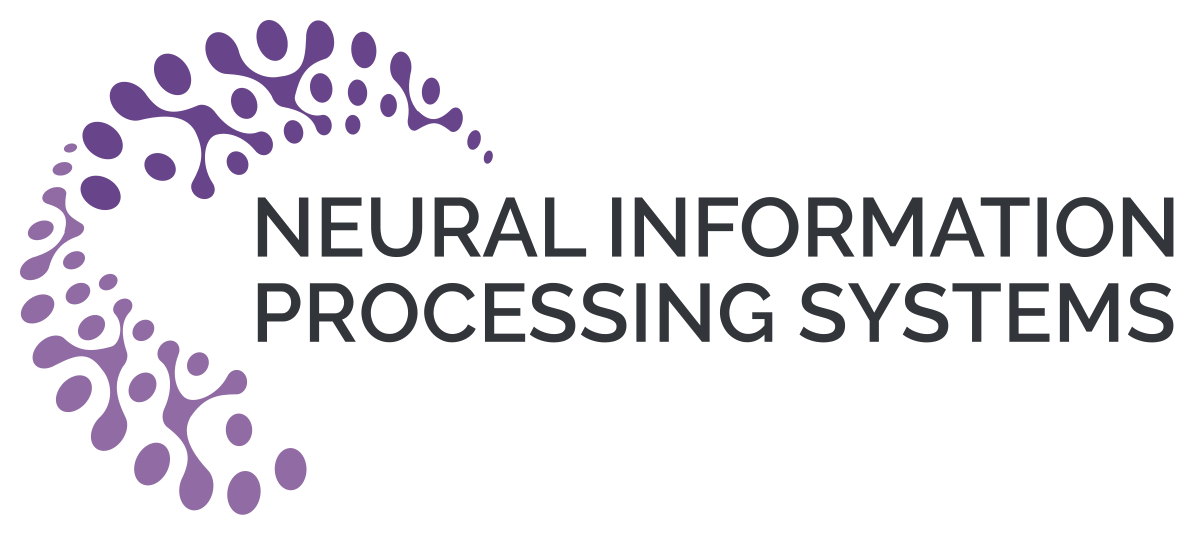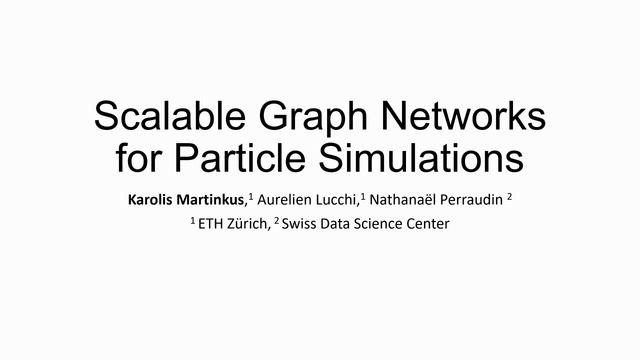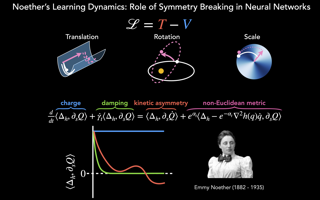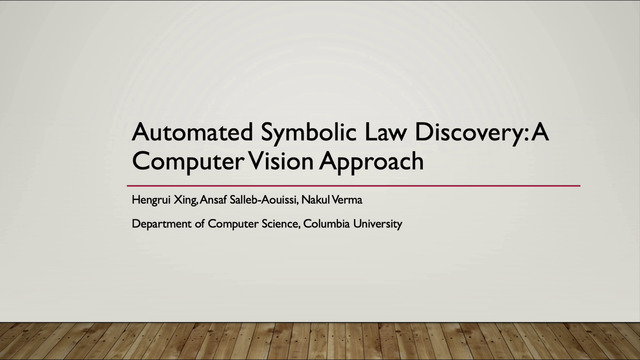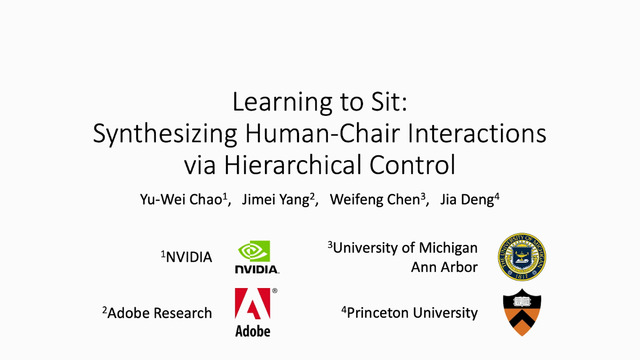Abstract:
Learning disentangled representations is a key step towards effectively discovering and modelling the underlying structure of environments. In the natural sciences, physics has found great success by describing the universe in terms of symmetry preserving transformations. Inspired by this formalism, we propose a framework, built upon the theory of group representation, for learning representations of a dynamical environment structured around the transformations that generate its evolution. Experimentally, we learn the structure of explicitly symmetric environments without supervision from observational data generated by sequential interactions. We further introduce an intuitive disentanglement regularisation to ensure the interpretability of the learnt representations. We show that our method enables accurate long-horizon predictions, and demonstrate a correlation between the quality of predictions and disentanglement in the latent space.

